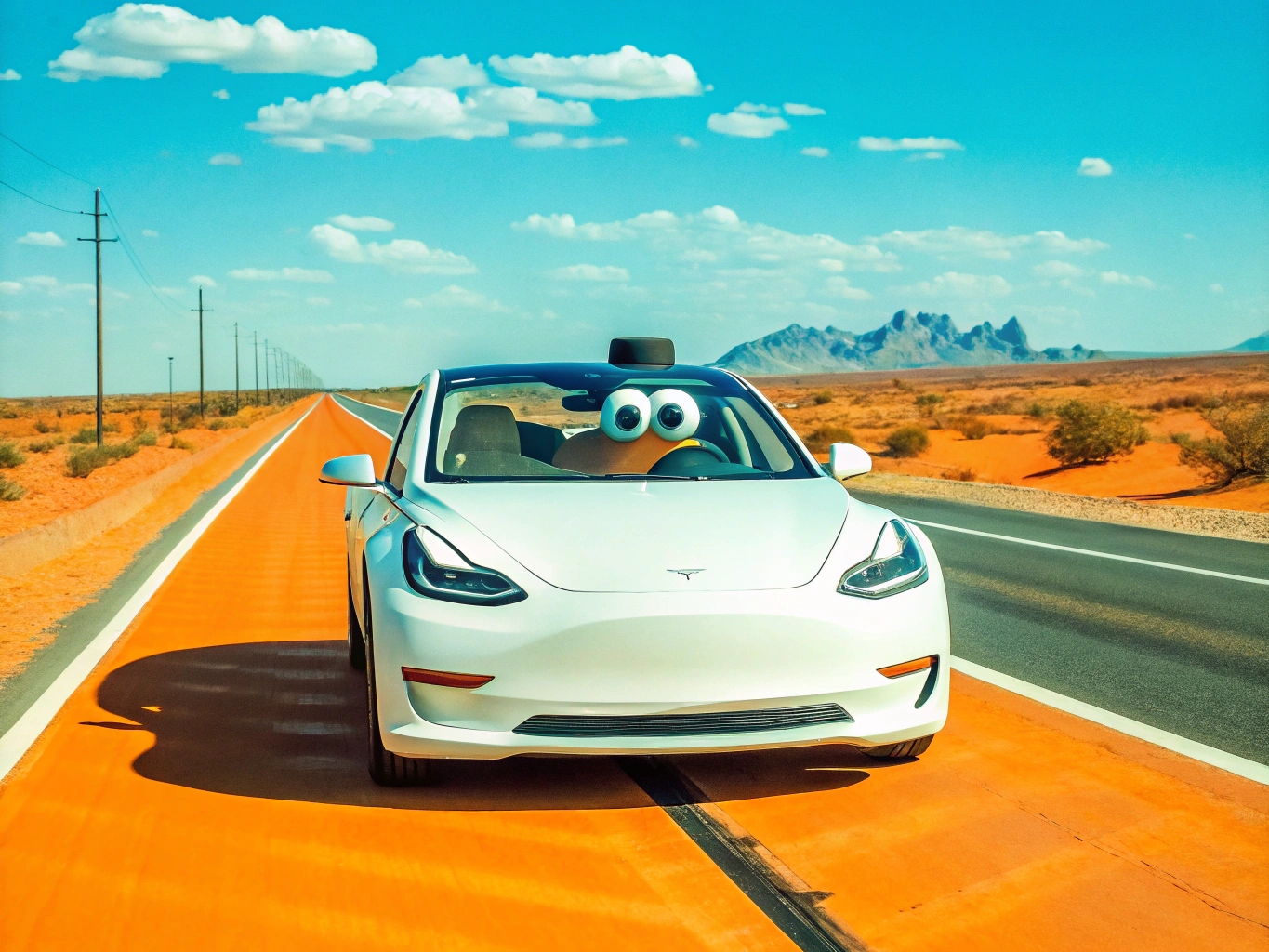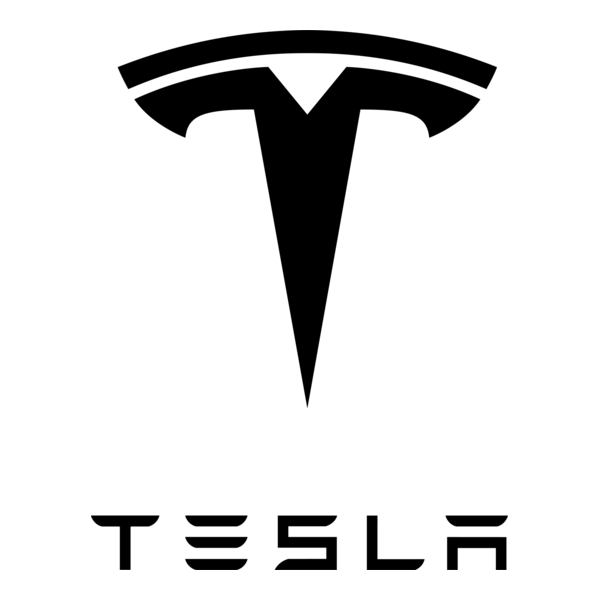
13 Dec Trust Incident Tesla

Case Author
Claude 3.7 Sonnet, Anthropic, ChatGPT o1 for model constructs and cues, peer-reviewed by DeepSeek V3, DeepSeek
Date Of Creation
01.03.2025

Incident Summary
The National Highway Traffic Safety Administration (NHTSA) conducted an investigation into Tesla Autopilot system, finding that Tesla made misleading claims about its self-driving capabilities. The investigation revealed inadequate driver monitoring systems and unclear communication about system limitations, which led to inappropriate driver reliance on the technology. As a result, Tesla had to recall approximately 2 million vehicles for software updates and face stricter marketing rules regarding their autonomous driving features. Addendum: ""The investigation identified 16 crashes involving stationary emergency vehicles where Autopilot was engaged. NHTSA found Tesla inadequate checks for driver engagement created foreseeable misuse.""
Ai Case Flag
AI
Name Of The Affected Entity
Tesla
Brand Evaluation
5
Upload The Logo Of The Affected Entity
Industry
Automotive Industry
Year Of Incident
2023
Upload An Image Illustrating The Case
Key Trigger
NHTSA investigation finding misleading claims about Tesla autonomous driving capabilities
Detailed Description Of What Happened
In 2023, the National Highway Traffic Safety Administration (NHTSA) concluded an extensive investigation into Tesla Autopilot system. The investigation found that Tesla had made misleading claims about its self-driving capabilities that created unrealistic expectations among drivers. Tesla marketing suggested higher levels of autonomy than the system could actually deliver, leading drivers to over-trust the technology. The Autopilot user interface did not adequately communicate system limitations, and the driver monitoring system failed to ensure driver attention when the system was active. These issues allowed the system to be used in conditions it wasnt designed to handle safely. After the investigation, NHTSA determined that the defects constituted an unreasonable risk to safety, leading to a recall of approximately 2 million Tesla vehicles to address these issues through software updates.
Primary Trust Violation Type
Integrity-Based
Secondary Trust Violation Type
Benevolence-Based
Analytics Ai Failure Type
Explainability
Ai Risk Affected By The Incident
Transparency and Explainability Risk, Safety and Security Risk, Economic Crime and Intellectual Property Risk
Capability Reputation Evaluation
4
Capability Reputation Rationales
Prior to the incident, Tesla enjoyed a strong reputation for technological innovation and capability. The company was widely recognized as a pioneer in electric vehicles and autonomous driving technology, consistently pushing boundaries with cutting-edge features. Tesla Autopilot system was considered among the most advanced driver-assistance technologies available to consumers, giving the company a leadership position in this emerging market segment. Tesla also demonstrated strong operational capabilities through its vertical integration approach, controlling everything from software development to manufacturing. The company ability to deliver over-the-air updates to improve vehicle functionality over time further enhanced its reputation for technical competence. Despite occasional quality control issues, Tesla overall capability reputation remained strong, with the company valued for its engineering talent and ambitious technological vision.
Character Reputation Evaluation
3
Character Reputation Rationales
Before the Autopilot investigation, Tesla maintained an average character reputation. The company and its CEO Elon Musk were known for bold claims and promises that sometimes exceeded what was immediately deliverable, creating a mixed perception regarding transparency and honesty in communications. Tesla had previously faced criticism for how it handled accident investigations involving Autopilot, sometimes appearing defensive rather than fully transparent. The company approach to regulatory compliance was sometimes confrontational rather than collaborative, with a tendency to push boundaries. However, Tesla also benefited from a strong mission-driven perception, with many stakeholders viewing the company as working toward the greater good of sustainable transportation and reducing fossil fuel dependence. This balance of factors resulted in a character reputation that was neither particularly strong nor weak, but rather average within the automotive and technology sectors.
Reputation Financial Damage
The Autopilot investigation and subsequent recall resulted in significant reputational damage for Tesla, particularly regarding trust in its autonomous driving claims. Consumer advocacy groups and technology experts became more skeptical of Tesla self-driving promises, and media coverage increasingly questioned the company transparency about system limitations. The recall affected approximately 2 million vehicles, generating negative headlines worldwide. Financially, Tesla stock price experienced volatility during the investigation period, though the long-term financial impact was mitigated by the company ability to address most issues through over-the-air software updates rather than physical recalls requiring service center visits. The incident increased regulatory scrutiny not just for Tesla but for the entire autonomous vehicle industry, potentially slowing approval processes for future autonomous features. Perhaps most significantly, the incident damaged Tesla reputation for technological leadership, as it suggested the company autonomous driving capabilities were less advanced than its marketing had implied.
Severity Of Incident
4
Company Immediate Action
Tesla initially contested some of NHTSA findings but ultimately agreed to the recall of approximately 2 million vehicles. The company deployed an over-the-air software update to address the identified issues, focusing on enhancing the driver monitoring system and improving warnings when Autopilot is used outside its operational design domain. Tesla also revised some of its marketing language around ""Full Self-Driving"" capabilities to better align with the system actual functionality. The company communicated the updates to affected vehicle owners through its mobile app and customer email system, presenting the changes as enhancements rather than corrections of defects. Tesla public statements emphasized their commitment to safety while maintaining that their Autopilot system was still industry-leading. The company also highlighted their cooperative relationship with regulators while continuing to defend the overall safety record of vehicles using Autopilot.
Response Effectiveness
Tesla response was moderately effective but fell short in addressing the core trust issues. The technical fix through over-the-air updates was efficiently deployed, allowing the company to remedy the immediate safety concerns without requiring customers to visit service centers. This showcased Tesla technological capabilities and minimized inconvenience to customers. However, the company communication strategy was less effective in rebuilding trust. Tesla continued to project confidence in its technology while making minimal acknowledgment of the misleading nature of previous marketing claims. This approach did little to address the integrity concerns raised by the investigation. The effectiveness was further limited by mixed messaging, with Tesla publicly complying with NHTSA requirements while Elon Musk sometimes downplayed the issues on social media. While the response satisfied regulatory requirements, it missed an opportunity for greater transparency that could have strengthened stakeholder trust long-term. The incident continues to influence regulatory approaches to autonomous vehicle oversight.
Upload Supporting Material
Model L1 Elements Affected By Incident
Reciprocity, Brand, Social Adaptor
Reciprocity Model L2 Cues
Transparency & Explainability, User Education & Guidance, Accountability & Liability
Brand Model L2 Cues
Brand Ethics & Moral Values, Brand Image & Reputation
Social Adaptor Model L2 Cues
Compliance & Regulatory Feature
Social Protector Model L2 Cues
N/A
Response Strategy Chosen
Reparations & Corrective Action, Justification
Mitigation Strategy
Tesla response strategy combined corrective action with justification. The corrective action consisted of an over-the-air software update to approximately 2 million vehicles, enhancing the driver monitoring system to better detect driver inattention and increasing warnings when Autopilot is engaged outside its intended operational design domain. This approach allowed Tesla to quickly address safety concerns without requiring physical recalls. The justification component involved Tesla maintaining that Autopilot was still safer than manual driving when used properly, citing internal data on accident rates. Tesla carefully framed the updates as enhancements rather than corrections of fundamental flaws, and emphasized their proactive cooperation with regulators. The company also revised some marketing language around ""Full Self-Driving"" capabilities, though these changes were subtle rather than dramatic reframings of the technology capabilities. Tesla CEO Elon Musk maintained a somewhat defiant public stance on social media, continuing to promote the advanced nature of Tesla autonomous driving technology even while implementing the required changes.
Model L1 Elements Of Choice For Mitigation
Reciprocity, Social Adapto
L2 Cues Used For Mitigation
Transparency & Explainability, User Education & Guidance, Compliance & Regulatory Features
Further References
https://static.nhtsa.gov/odi/inv/2022/INCR-EA22002-14496.pdf, https://www.pbs.org/newshour/nation/u-s-opens-new-investigation-into-teslas-full-self-driving-system-after-fatal-crash, https://www.nytimes.com/2024/04/26/business/tesla-autopilot-recall-nhtsa-investigation.html, https://apnews.com/article/tesla-investigation-full-self-driving-questions-6ca8e2880af87361f3148b7e78718d52
Curated
1

The Trust Incident Database is a structured repository designed to document and analyze cases where data analytics or AI failures have led to trust breaches.
© 2025, Copyright Glinz & Company




No Comments